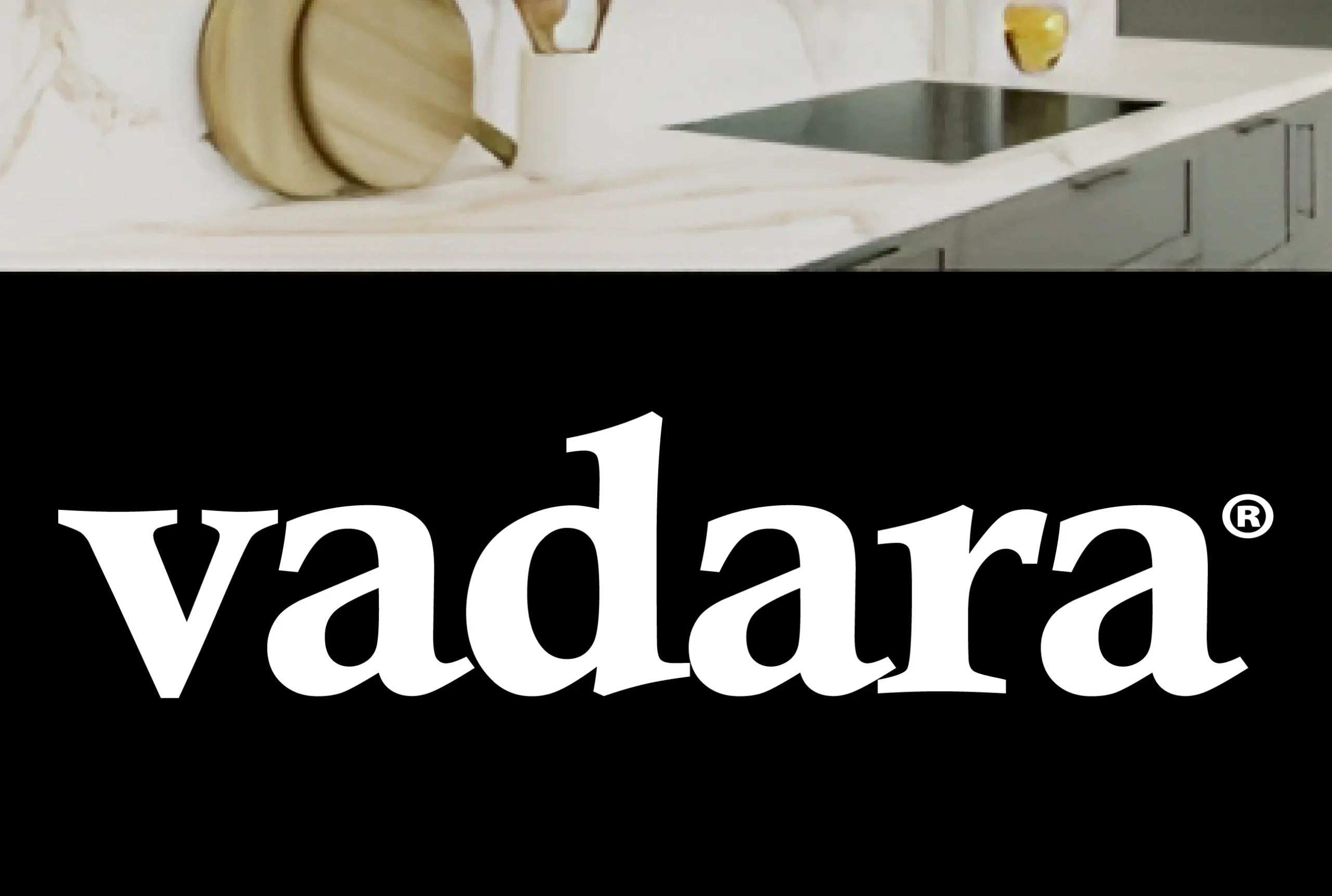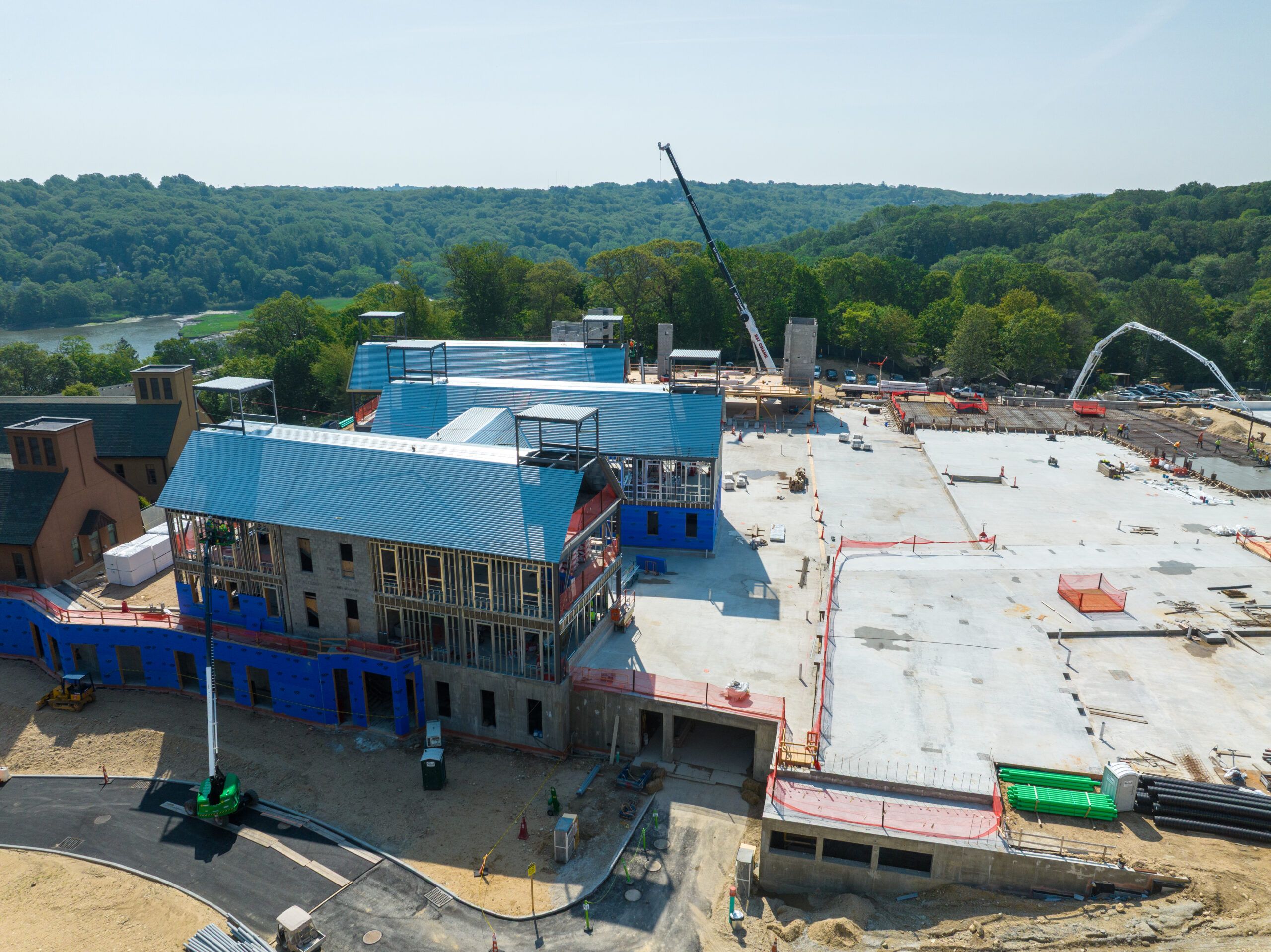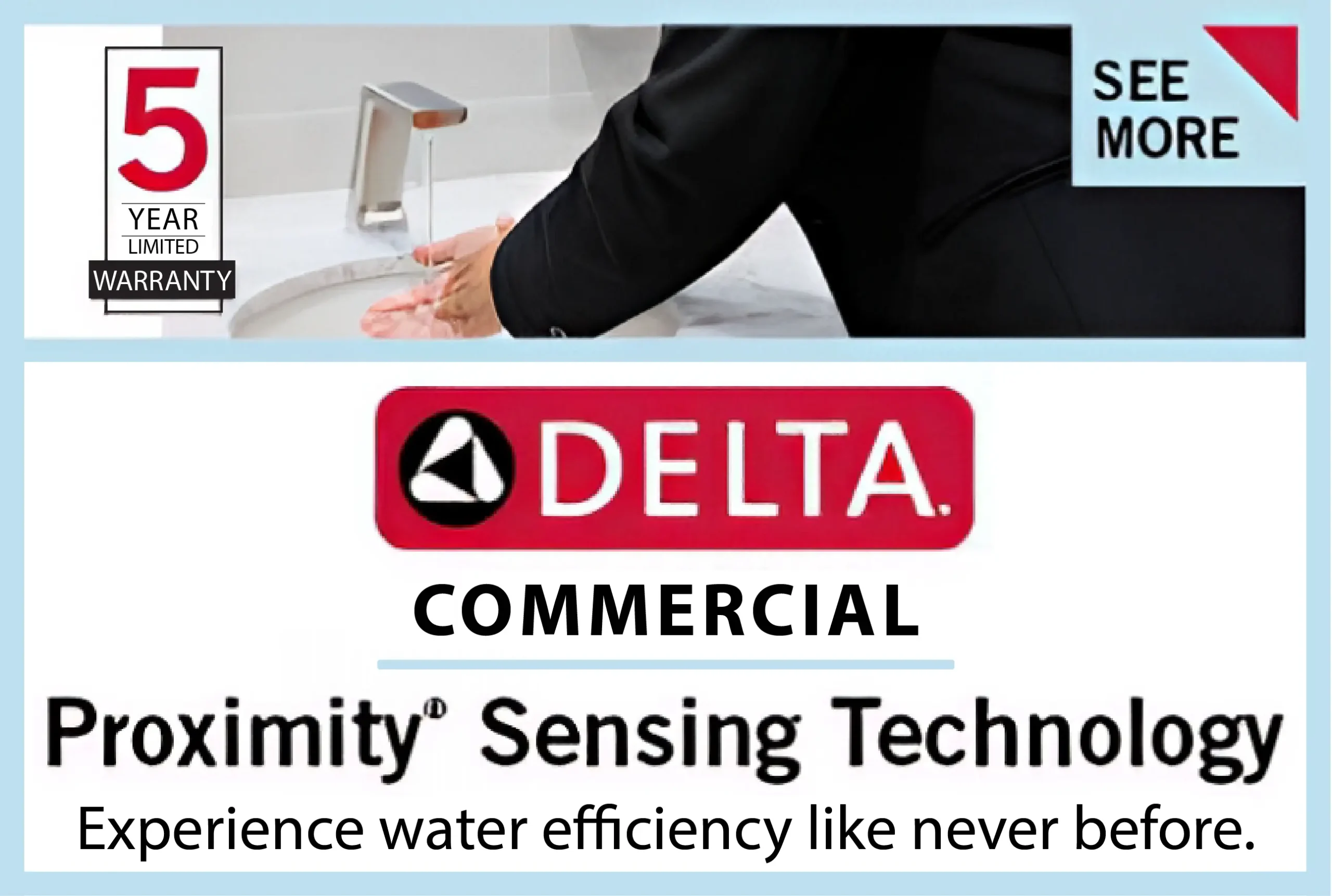Choosing the right roof for your home is one of the most important decisions you’ll make as a homeowner. Not only does it protect your property from the elements, but it also affects energy efficiency, curb appeal, and even resale value. But with so many roofing options available, how do you know which type is best for your home? This guide compares the most popular types of roofing materials, their pros and cons, and what might work best depending on your budget, climate, and design preferences.
1. Asphalt Shingles: The Reliable Classic
Best for: Budget-conscious homeowners looking for a proven option
Asphalt shingles are the most widely used roofing material in North America. They’re affordable, easy to install, and come in a range of colors and styles.
Pros:
- Cost-effective
- Easy to replace or repair
- Decent lifespan (15–30 years)
- Good fire resistance
Cons:
- Shorter lifespan than premium options
- Susceptible to wind damage and algae in humid climates If you’re in need of trusted professionals for installation, companies like those offering roofing Richmond BC can provide tailored solutions for the local climate.
2. Metal Roofing: Durable and Modern
Best for: Homes in areas with harsh weather or those seeking sustainability
Metal roofing, including aluminium, steel, and copper, is known for its durability and energy efficiency.
Pros:
- Lifespan of 40–70 years
- Fire and wind-resistant
- Recyclable and eco-friendly
- Reflects solar heat (can reduce cooling costs)
Cons:
- Higher upfront cost
- Can be noisy during rain/hail
- Requires professional installation European companies like knabenhans-ag.ch have championed metal and architectural roofing solutions that combine tradition with cutting-edge materials, setting an example of quality craftsmanship.
3. Clay and Concrete Tiles: Stylish and Long-Lasting
Best for: Mediterranean-style homes and hot climates
Clay and concrete tiles are popular in warmer areas thanks to their thermal resistance and aesthetic appeal.
Pros:
- Long lifespan (50+ years)
- Fire-resistant
- Excellent insulation
- Adds value and architectural beauty
Cons:
- Very heavy (may require structural reinforcement)
- Expensive installation
- Fragile under impact
4. Slate Roofing: Timeless Elegance
Best for: Luxury homes or historic properties
Slate is a natural stone that offers a unique and prestigious look, along with outstanding longevity, especially when installed through Naples FL roofing services.
Pros:
- Lasts over 100 years
- Completely fireproof
- Beautiful and unique appearance
- Environmentally friendly
Cons:
- Extremely heavy
- Very expensive
- Requires skilled installation and maintenance
5. Wood Shingles and Shakes: Natural Beauty
Best for: Rustic, cottage, or cabin-style homes
Wood roofing offers a warm, natural aesthetic, often seen in mountain or forested homes.
Pros:
- Beautiful appearance
- Natural insulation
- Can last up to 30 years with proper care
Cons:
- Requires regular maintenance
- Not fire-resistant unless treated
- Can rot or grow mold in damp climates
Final Thoughts: What’s Best for Your Home?
The “best” roof really depends on your unique needs:
Priority Recommended Roof
Budget-friendly Asphalt shingles
Longevity Slate or metal roofing
Eco-friendly Metal or clay tiles
Style & appearance Slate or wood shakes
Hot climates Clay/concrete tiles
Before making a final decision, consult with local experts who understand the demands of your region’s weather and building codes.
Tip: Always consider both the short-term cost and the long-term investment of your roofing choice. The right roof will protect your home and add value for decades to come.












